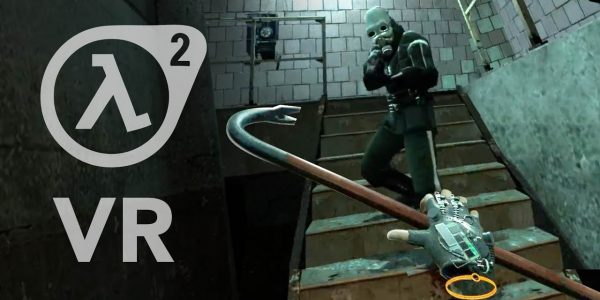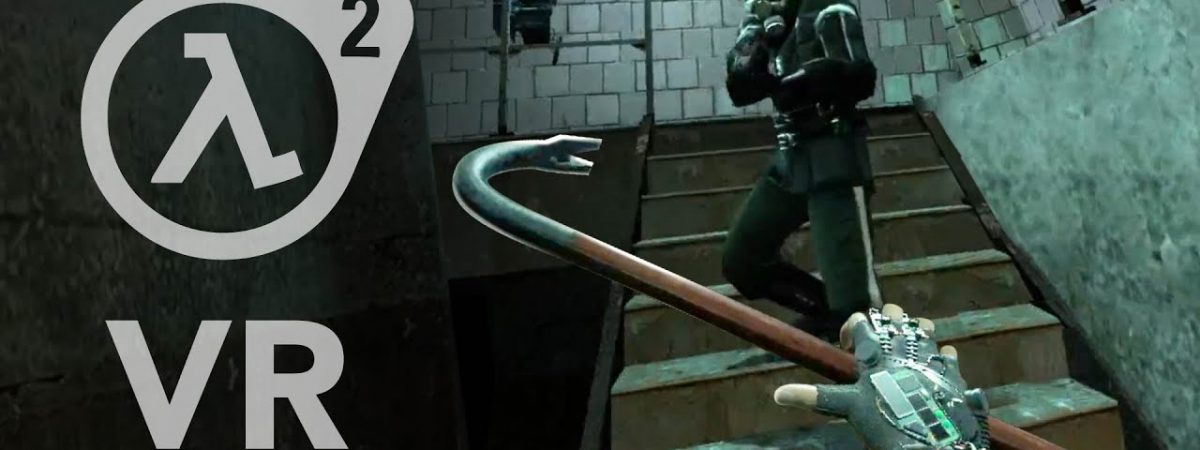Experiences have long been useful to explaining how the mind works due to the opacity of the brain. The option continues to find usefulness amid advances in microscopy, cell, molecular biology and so on. But experiences are limited because they are not the same for everyone all the time. There are mechanisms of the brain expressed differently, not necessarily similarly, per situation. Though a situation may reveal how the mind works, it does subjectively, for that situation.
Experiences in virtual reality gaming for example, uses the sense of sight, touch and auditory, properly, but they don’t define all that becomes of the memory in that moment.
How the brain works is better understood by what is constant [thought and memory] regardless of experience, since experiences are not constant.
The use of experiences to explain the brain has also led to problems in determining the placement of mental health. There are several things said to affect mental health but not the same for everyone, all the time. Anything that affects mental health can be fixed—easing it for that situation, but does not solve for overall mental health across experiences, so how is mental health decided in the brain, that allows affect take root?
There are cases of people with addiction, substance abuse, involvement with the wrong crowds and so on where lack of opportunities is said to be the problem. For some yes, but lack of opportunity is neither constant nor equally distributed, so what is constant in the brain that makes some vulnerable?
Working Memory
Working memory is a term for the experience where the mind holds information in the moment, but the same dimension of information, good or bad, could become responsible for a state of mind that lingers.
This implies that to be ‘working memory’ it should have a neutral quality to it, because, for others alike bearing emotional elements, they exceed the scope of that label.
Predictive Coding and Processing
This says the brain is a prediction machine, expressing that it has an internal model and uses that to guess the external model, such that when there is an error between both, it updates its model.
It is called predictions but it is how the memory expresses for some situations, using a uniform element or quantity: thought or its form. There are rules of memory with disparate labels for experiences
Expectation spectrum of the memory, more appropriately is similar to knowing what next to say, or have in mind for seamlessness in interactions and activities. It is also similar to imagining changing from a posture or position before doing so, though it can happen without that too.
Expectation can be related to working memory, where things are in mind at that moment, with dissimilarity only in how they are applied.
So how does the memory work, that seems like prediction in some experiences or working memory in others but get to do what is necessary across destinations?
Stores
The packets [or stores] of memory have factors that decide experience:
What they become: [prioritized or pre-prioritized]
What they are: [transient small stores, resident small stores or large stores]
What they do: [early split, go before or beam in or bundle]
How they travel: [sequences of relay] and where they go [small stores to what large stores, what large store to the principal spot]
This is how the memory decides for every process, for internal and external senses, regardless of experience.
What they become:
There are two key stores in memory: pre-prioritized and prioritized. There are several processes in memory at any moment, but just one becomes prioritized, it is what bears the most activity, transport and leads what to know, remember, feel-like, transport to feelings destination and so on. There are often fast and numerous interchanges between pre- and prioritized, enabling other processes to get around, as necessary, but just one thing on the mind at any moment has the most priority. Typing, driving, eating, and so on could be like doing different things at the same time, but in memory, stores are changing priorities at every moment fast enough, to allow all things to flow.
What they are:
Stores can be large or small. Small stores can be resident or transient. Resident small stores bear the least possible unique information on anything. Transient small stores go straight to large stores without seeking out the small stores first. Large stores carry similarities between two or more small stores.
What they do:
As inputs [in a version or identity] come into memory locations, they mostly go into transient stores. Some transient small stores seek the resident small store for the unique information, or to have the resident one go to large stores, but mostly transient stores go directly to large stores, combing information across, to express what it should be in that instance. They could do it before returning to the resident small store, for the unique information, to recall—additionally.
Transient small stores could split immediately in the memory location, going-before in a sequence along that experience like in a previous one. This becomes what to expect, or what comes next or to estimate what it might be, by following a sequence like another similar experience, so that as the rest of the store comes in with that interaction or activity, it may match with or not match with what had gone before.
It is this going before as a rule of memory that is termed predictions [as in predictive coding and processing] with mismatch called prediction error. But there is not often a split in all processes.
Split or go-before can be automatic or controlled, though in some cases where pauses happen, there wasn’t or sometimes in confusion could be that there was no split, and so on. Splits are mostly automatic, a reason is to blend with the one-prioritization mechanism.
Also, whatever is called prediction is in the form of the identity that senses become in the brain, not predictions as an unidentified quantity.
Go-before or early-split can sweep and hold, to know what to do next, or what to say next or even just hold information in mind, like for transient small stores.
They could switch across what is termed predictions or working memory.
Lack of reward could also be an early-split during an activity where the go-before small store goes to where the large store of what rejection feels-like, to make the activity unwanted, or difficult to do, as what is supposed to complete, finds it difficult to follow that sequence. Skimming, rather than reading something, is to have it as an input, to possibly find what would be split, so that it drives interest or becomes striking.
How they travel:
There are sequences of relays from small stores to various large stores. They are sometimes old [prior], some extending and some new. The experience of familiarity or what to remember is not just about what is stored, but also of sequences. This is what makes an audio, video listened to before seem familiar when listening again, even though the exact details are not remembered, but the input went through the same sequence as before, submitting familiarity. It is what happens when things are cliché, boring, uneventful because it goes through the same sequence most of the time.
It is also what makes some people uneasy when something should go through a sequence but does not, like how they want their things to be done or where things should be in a place, or what process something should follow, or what someone is used to already.
There are also some cases where people want something fresh, or different, adventurous, to have small stores transport in new sequences to large stores. For some experiences, it works, for others it becomes a problem. Sequence difference in memory may also be responsible for creativity, where a small store just goes elsewhere making something else obvious, or sought to explore.
Sequences are also responsible for how things are said differently or remembered differently many times. They are also responsible for how sometimes people want to be distracted from intense focus, so that the sequences are different and helpful. For example, listening to music and working, or doing other things while doing one, so that the sequence of the small store can go round enough [pre-] to everywhere it could in that time, for a better outcome. It is also responsible for people taking their time to decide on things. Sequences also work differently in dreams, expressing great divergence. It also works with sleeping and the mind solves a problem or finds a solution.
It is also a different sequence for one person that happens differently for another that lets some disagreements fester. Sequences in a certain way listening to a speech, or viewing something could be different, making it striking, this could make it possible to think more about it, working as a memory in that time and subsequently.
There are people that what they seek is the same or similar sequence to what had been before, while others seek something new.
Where they go:
There is a principal spot where just one large store goes. It is this place that it has most dominance because it keeps attracting stores [pre- and prioritized] and also seem to mean the general experience in that time. Depression is a macro store in the principal spot, similar to anxiety and so on. The large store has several sides for small stores. A small store could go to a different side or slice each time — revealing an experience.
Small stores have to visit large stores, touch specific sides, or go around, determining what to remember, what to feel-like and so on. Large stores pick-up determines what experience stays, which is where learning, understanding and the rest are decided. Large stores have everything that can be provided or sought, controlled or automatically. There are also parts of a large store that a small store goes bouncing immediately off to another part of a different large store, linking one to another.
Brain Science
All sensory inputs arrive at the thalamus, except for smell that arrives at the olfactory bulb. It is where they are integrated or processed before relay to the cerebral cortex for interpretation.
Postulation
It is theorized that sensory processing is into a uniform unit or identity or quantity which is thought or a form of thought. It is what is sent for interpretation in the cerebral cortex.
Interpretation is postulated to be knowing, feeling and reaction. Knowing is memory, where thoughts are stored, and transported across, in sequences. It is what happens after memory that brings feelings, before reactions.
It is this identity, thought that the brain uses to make the mind, which is mostly memory.
Mental Health
In advancing care for mental health, the rules of memory hold the cards, not just by experiences, but what happens that varies determination across individuals and situations. This display holds the key to the future. This could involve virtual reality and video games, including the recently announced the Half-Life 2: VR Mod, in beta on SteamVR.
There are co-mental health problems, where there is one thing-could be the principal store, then another with another sequence, causing collective distress. It is important to segment the aspects of decisions for mental health towards care.




